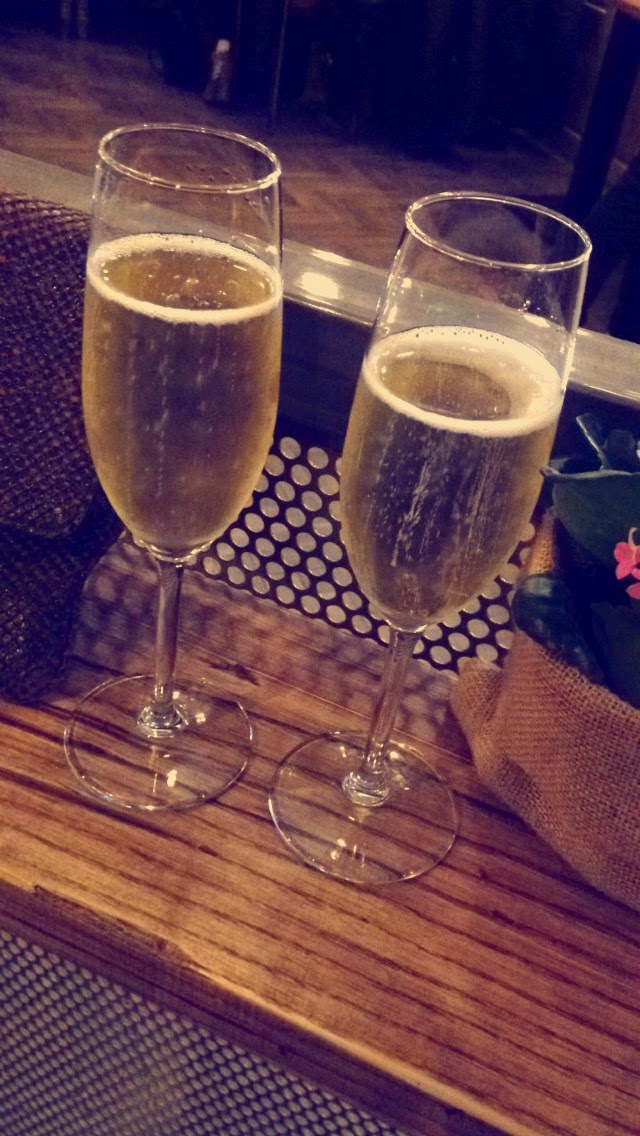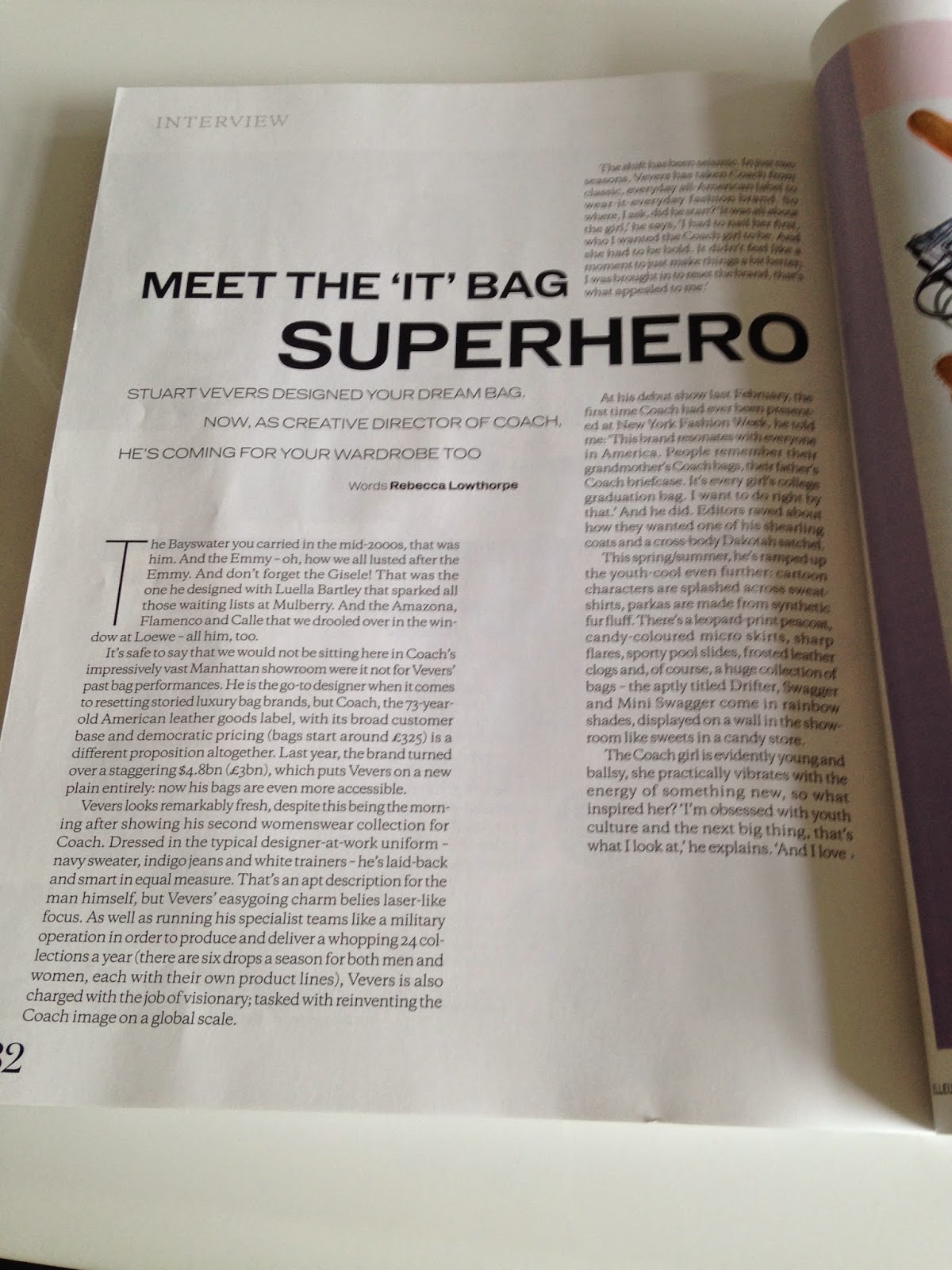Deciding whether to move away for University or commute? A decision I know all too well. I go to a local(ish) University which is within commuting distance. So when I was deciding whether to live in halls or commute in, I felt I had a big decision on my hands. What if I make no friends? What if I miss out on the 'Uni life'? What if, what if, what if.
I decided to live at home, a decision I (to this day) do not regret. For me, this was the best decision. However, everyone is different, and your decision needs to be yours as only you know what will suit you best and what you actually want to get out of your degree.
Here are my top tips for getting the most out of your University experience if you do decide to commute:
1) Talk to people. As scary as it seems, people are just as nervous as you, talk to them. Find out where they are from, what they are studying - this is the only way you'll make friends and the only way you'll find other commuters who are in the same boat as you. The majority of my friends at Uni commute, only a handful are actually living in halls. I was so shocked to find out how many people do actually live at home during Uni, and that I wasn't the only one.
2) Do a bit more. If you want to get the most out of Uni then sign up for extra things other than your compulsory lectures and seminar workshops. There are so many things you can do and get involved in. This way you will be in Uni more, making more use of the day, more use of the train fare you spent to get there(and the £9000 a year fees) Why not join a society, host a radio show, meet a discussion group? There are even lectures you can go to which aren't compulsory. I study media and once a month our Uni has someone from the media industry come in to do a lecture, find out what else is going on and make the most of it.
3) Use your commute time wisely. Instead of scrolling through Instagram on your phone, why not do some extra reading? My commute each morning is around an hour - that's 2 hours each day I could spend doing compulsory reading, research etc. Make the most of your commute time and it will cut down the work you do in your spare time.
4) Get a job. If your Uni is anything like mine they will have a department purely for student jobs, ranging from working on campus at coffee shops to admin roles. I work as a PR assistant at my University, for me this is a win, win as I am making more use of my time here, getting experience in the field I want to go in to and getting paid.
5) Buy a newspaper or pick up the free metro, keep up to date on current affairs and actually understand what is going on in the world - (ooh wont you feel grown up!)
6) Join a sports group. By joining a sports society it means you will meet people with the same interests as you, you will meet people who aren't in your lectures, who might not even be on your course and it means you can make new friends and meet new people. Also, being part of a sports team or society looks brilliant on your CV it shows team work skills.
7) Take the train or the bus, for me taking the train is the best option rather than driving. Driving into the city centre can be a daunting and stressful experience, which isn't ideal if you have a day full of lectures. You want to have a clear and stress-free mind.
8) However, remember to take hand sanitiser if you do choose to go on the train. (Germs everywhere)
9) If you're commuting on public transport make sure you look at all your options. There are loads of deals that you can sign up too so you don't have to pay every day, which works out quite expensive. Paying in advance for a pass will save you money and time as you won't have to keep queueing to buy tickets.
10) Get a tablet or an iPad as carrying a laptop round with you can be really tiring if your in the whole day. Make sure all your work is on your iPad/tablet and you can access it from Uni and make notes in lectures.
Are you a commuter? What advice would you give to fellow commuters?














































